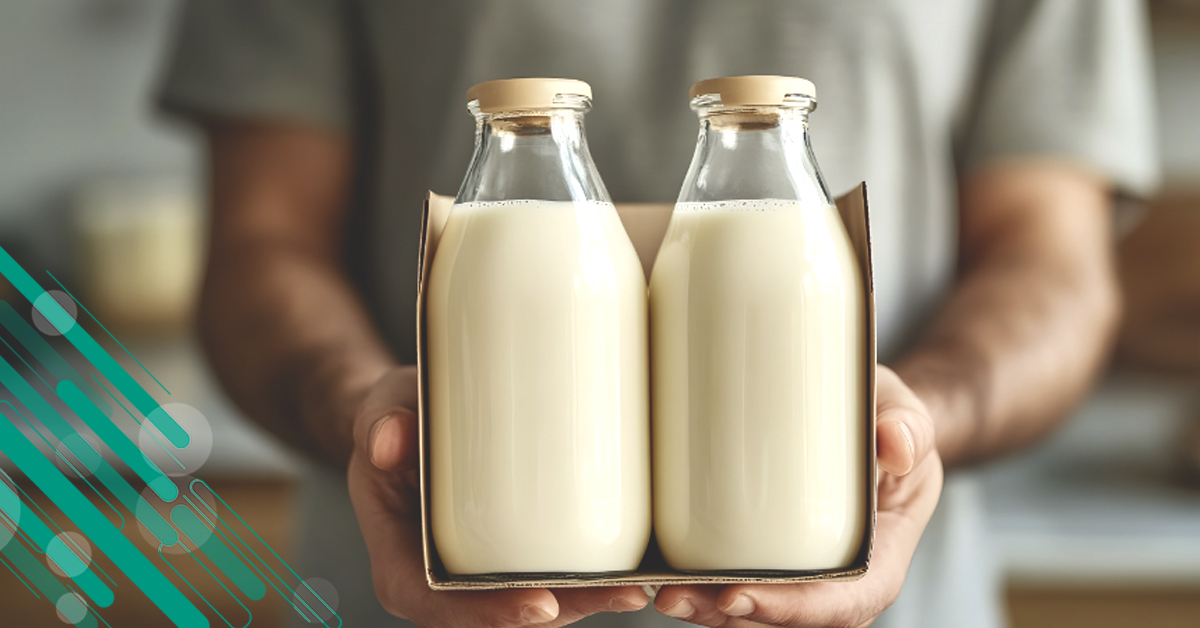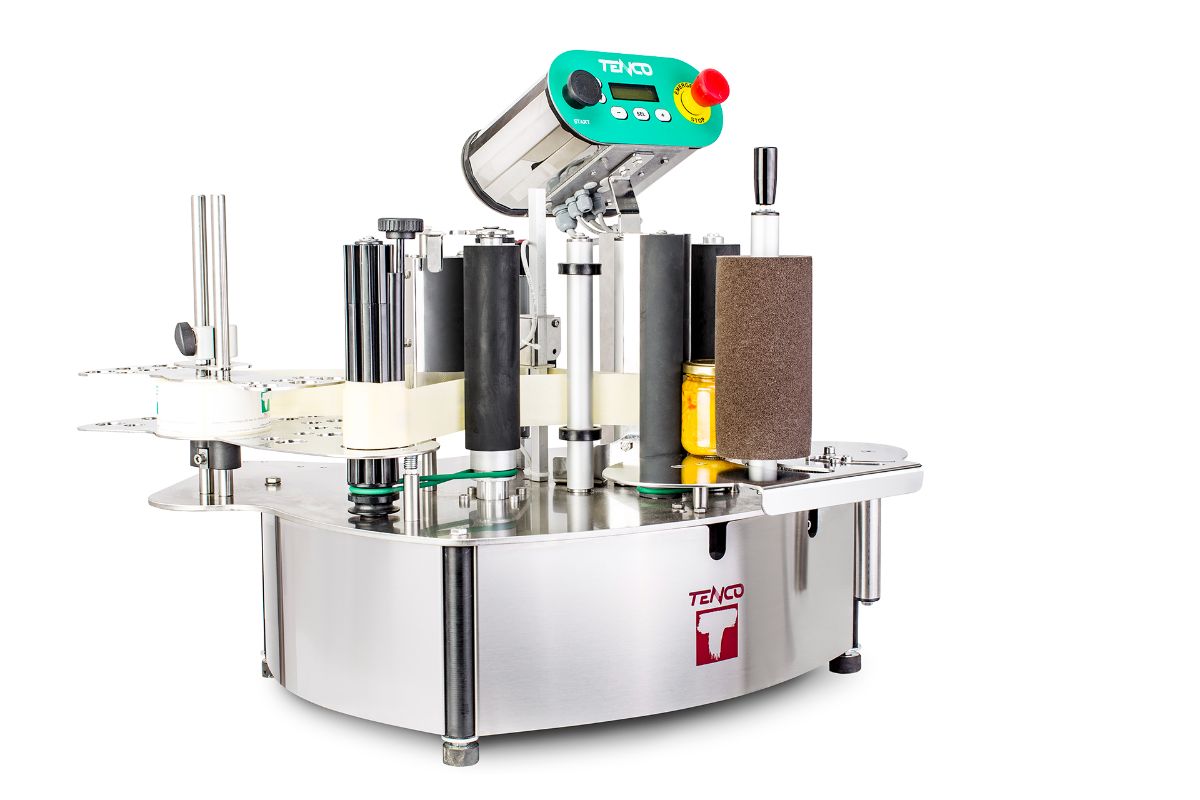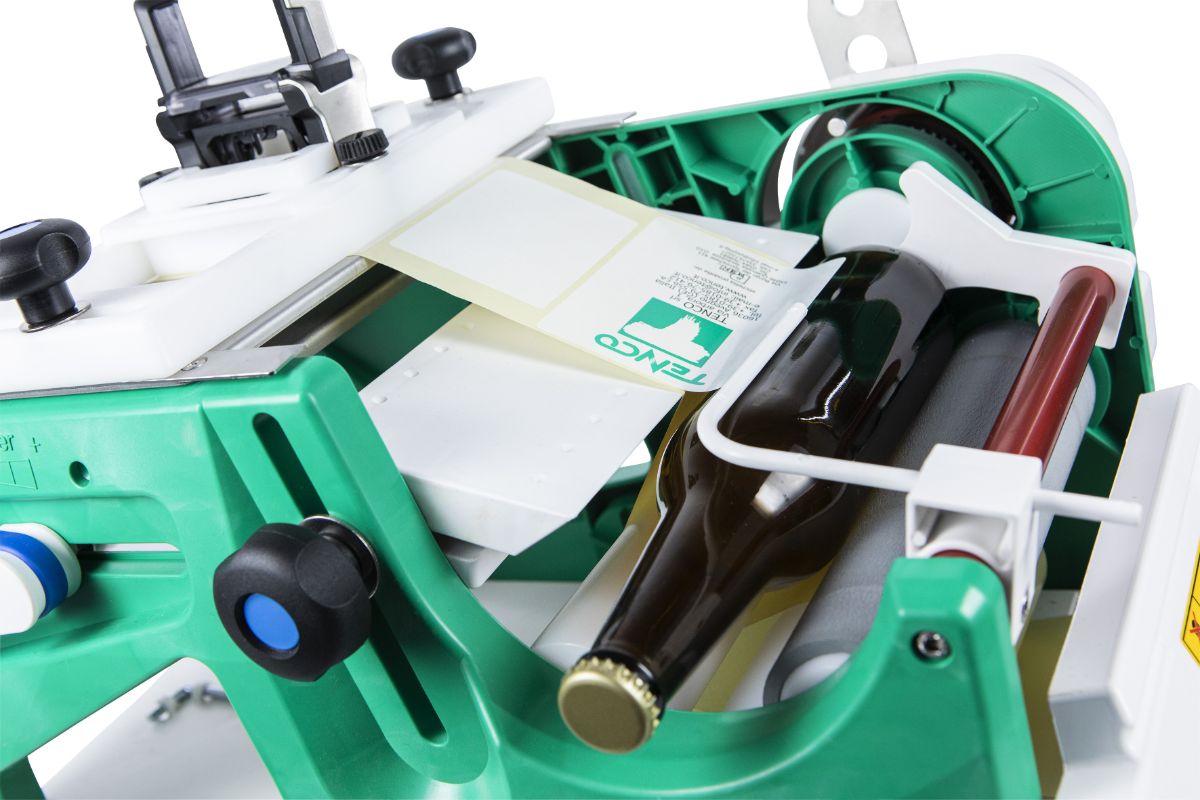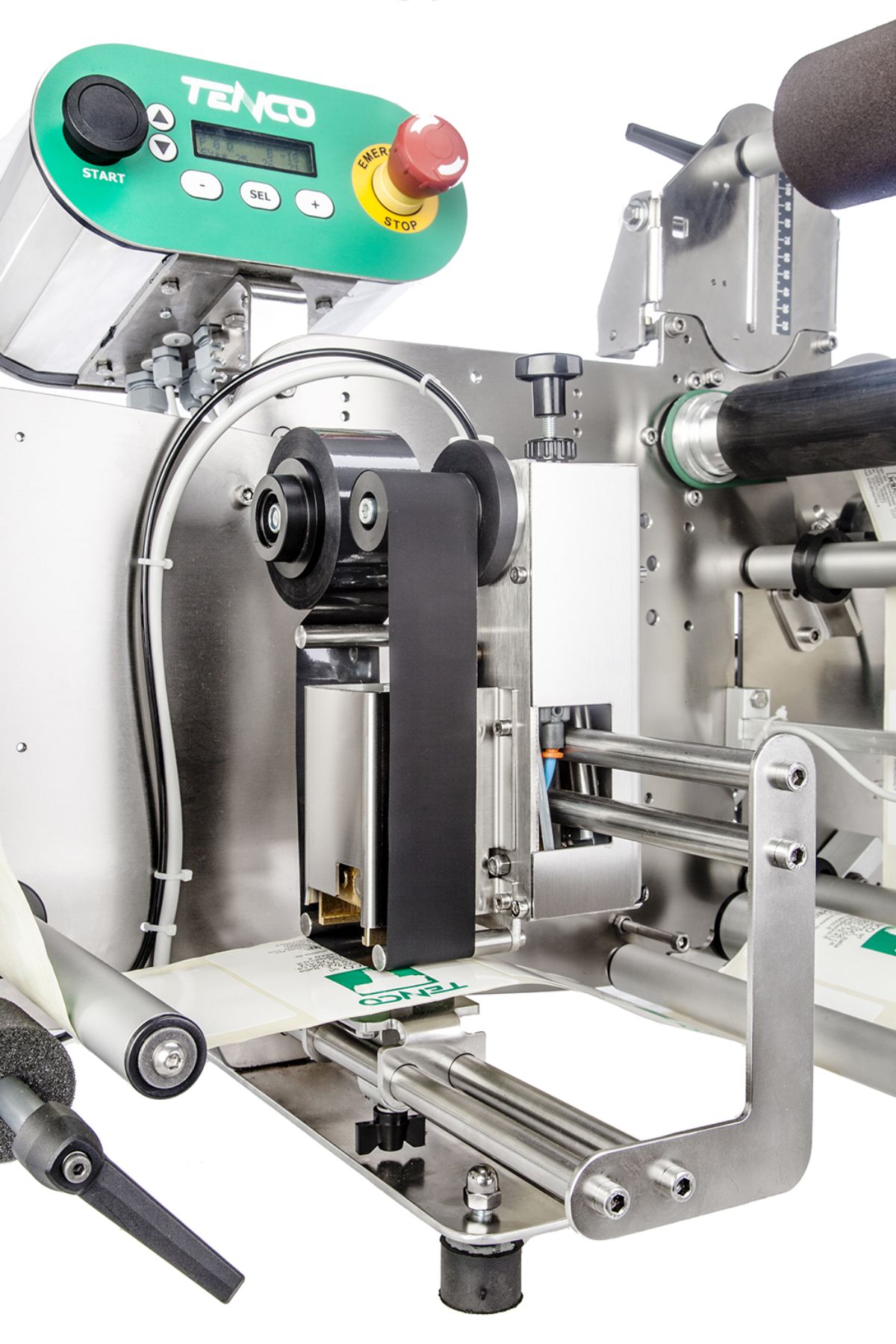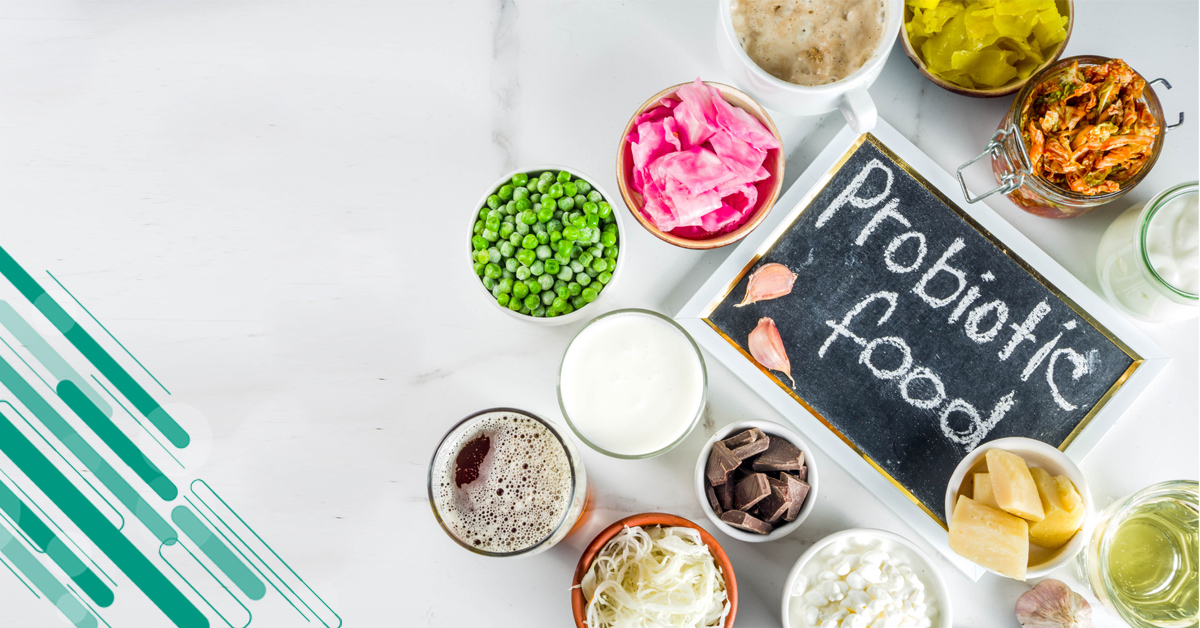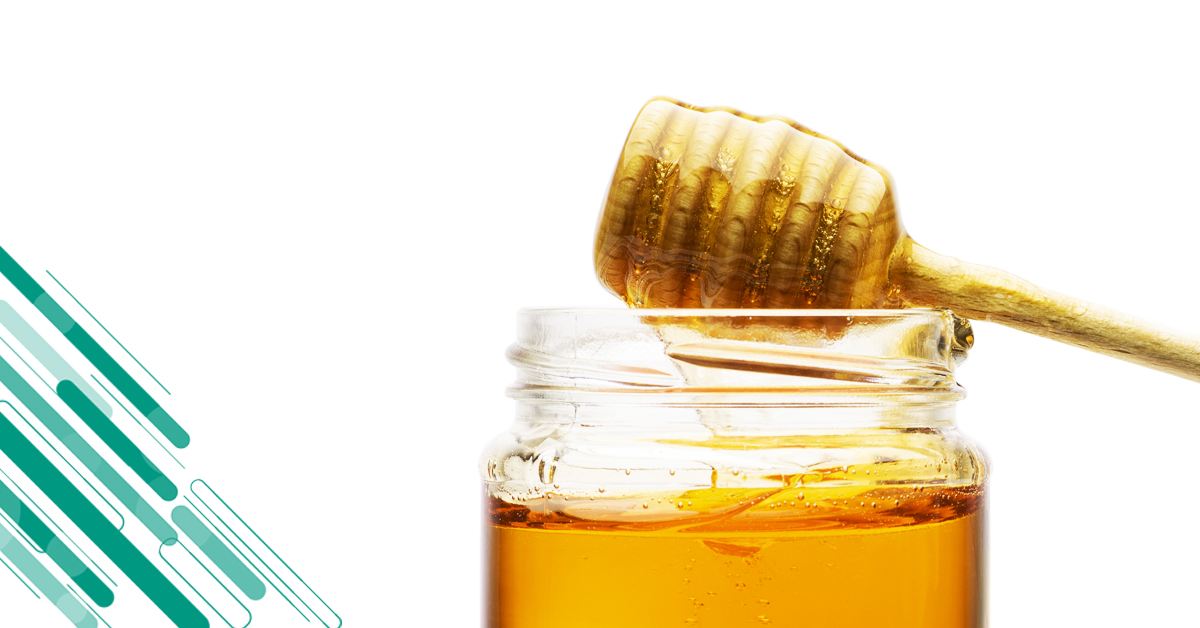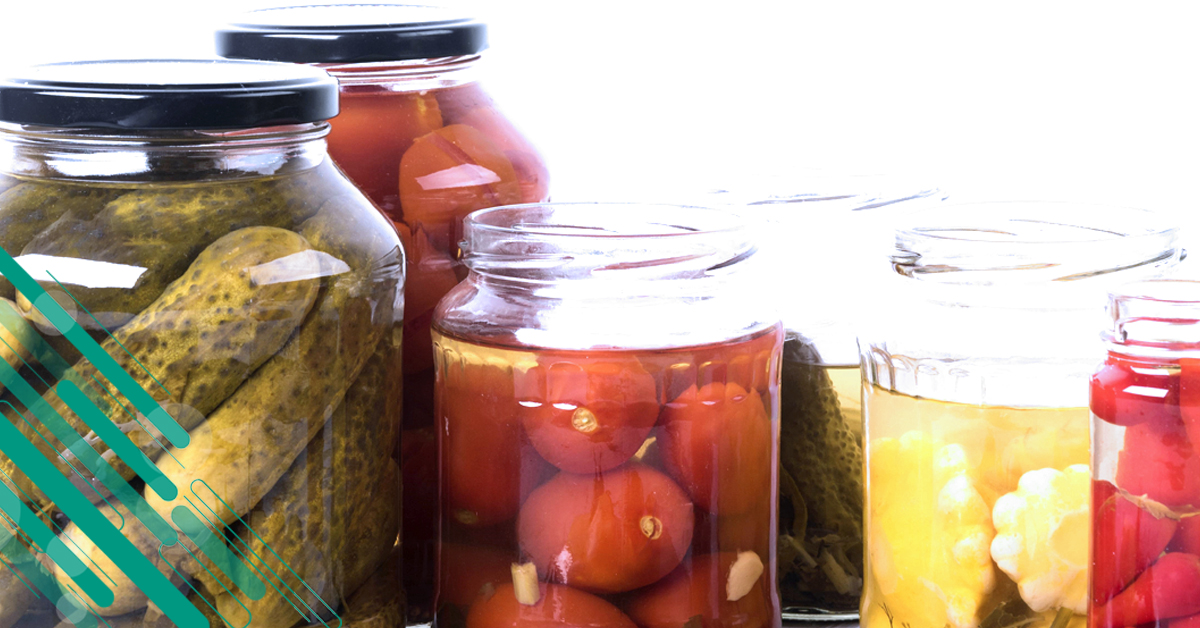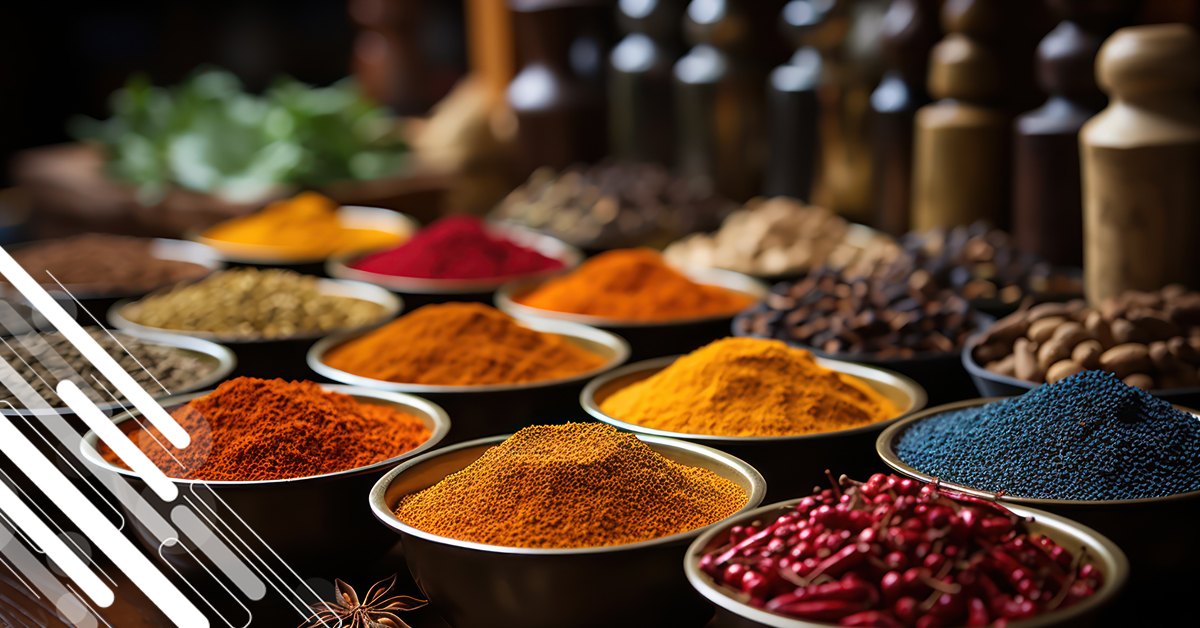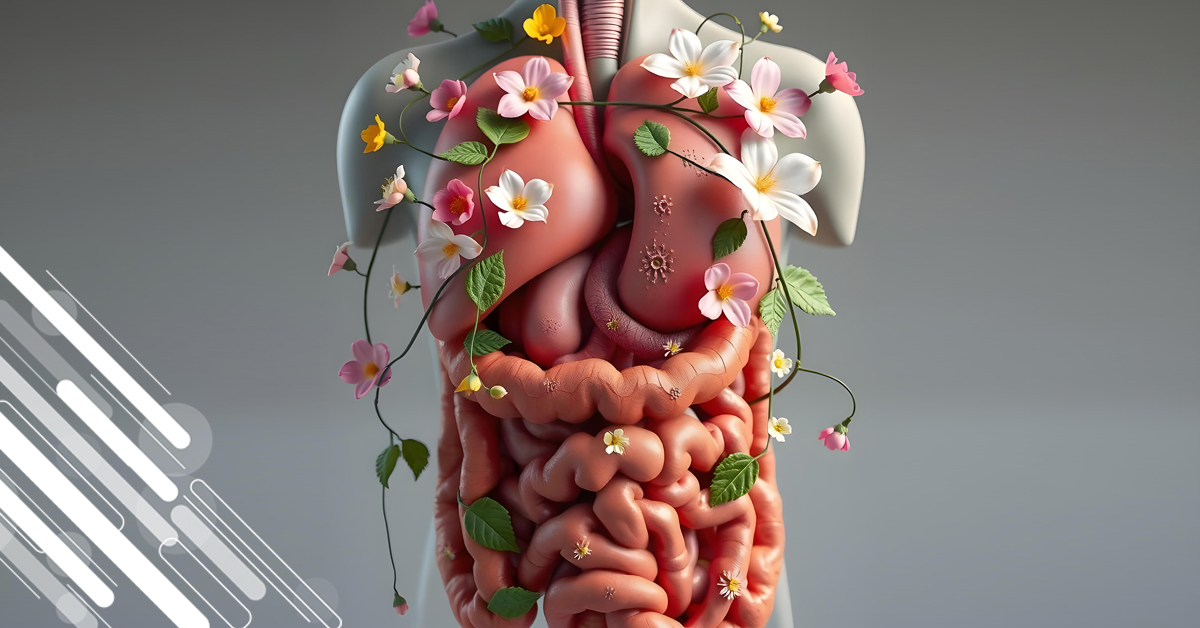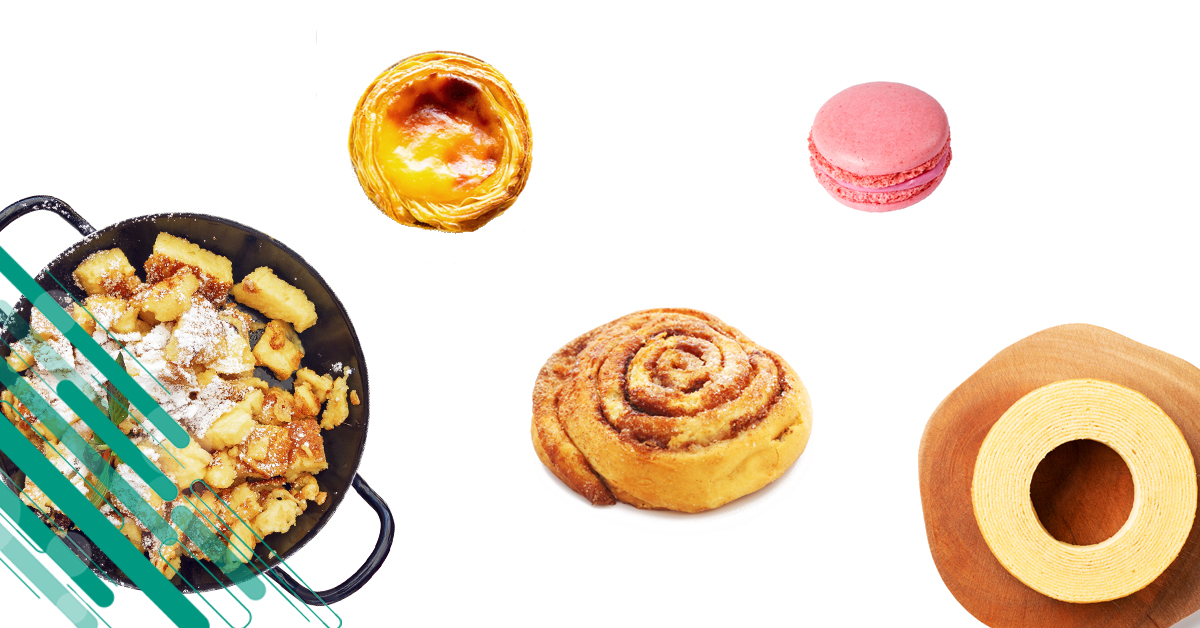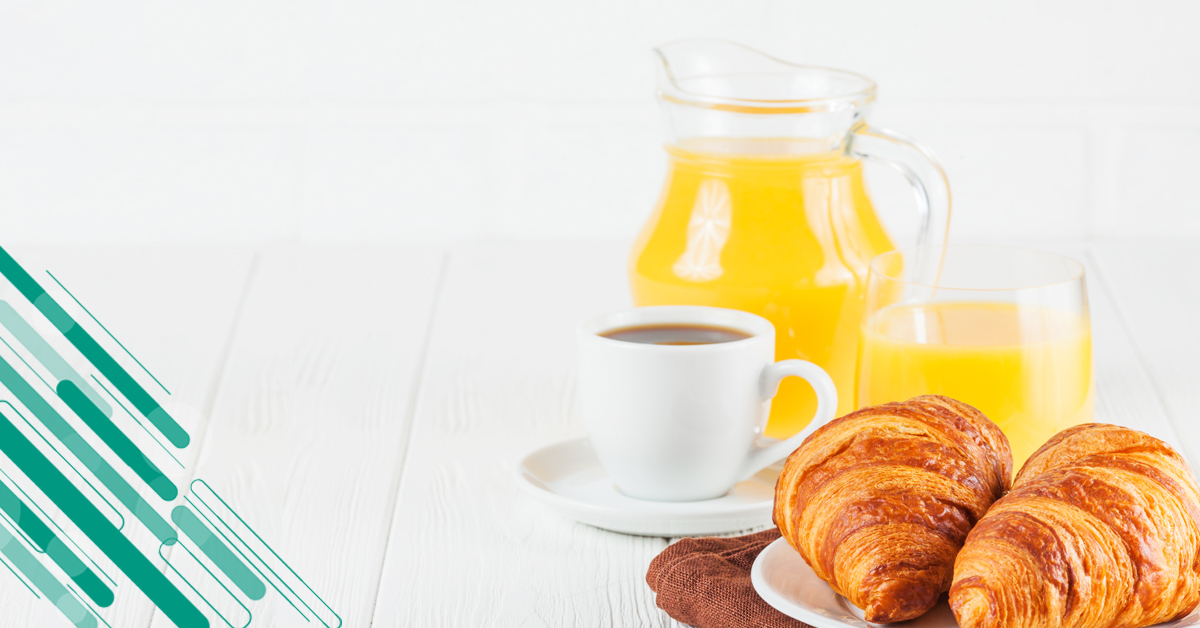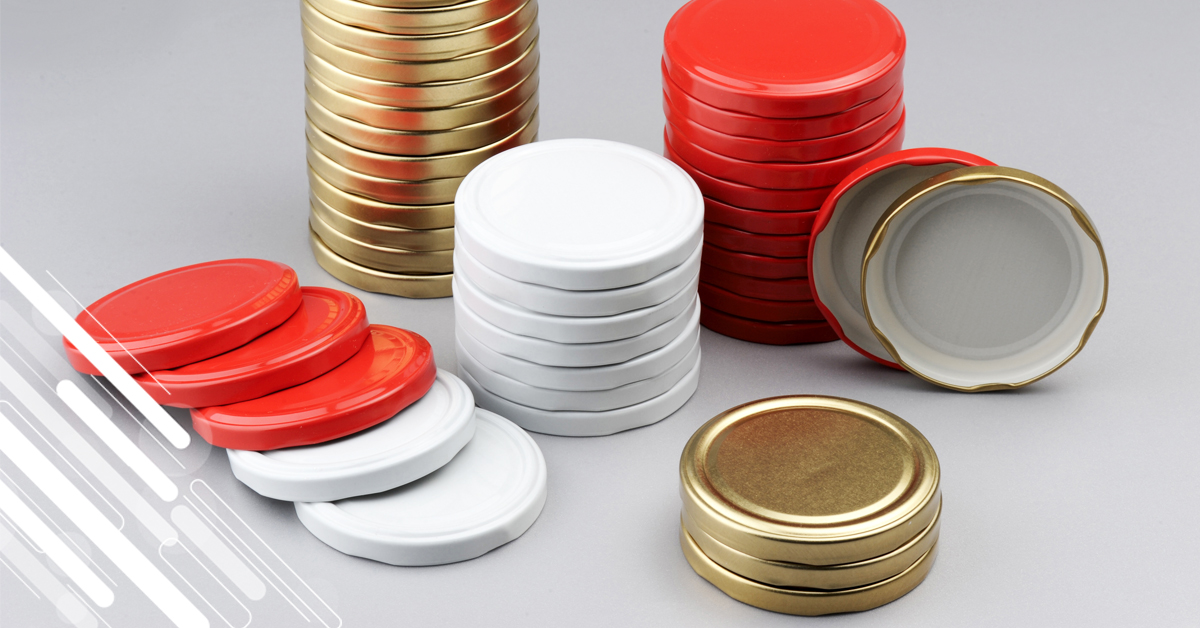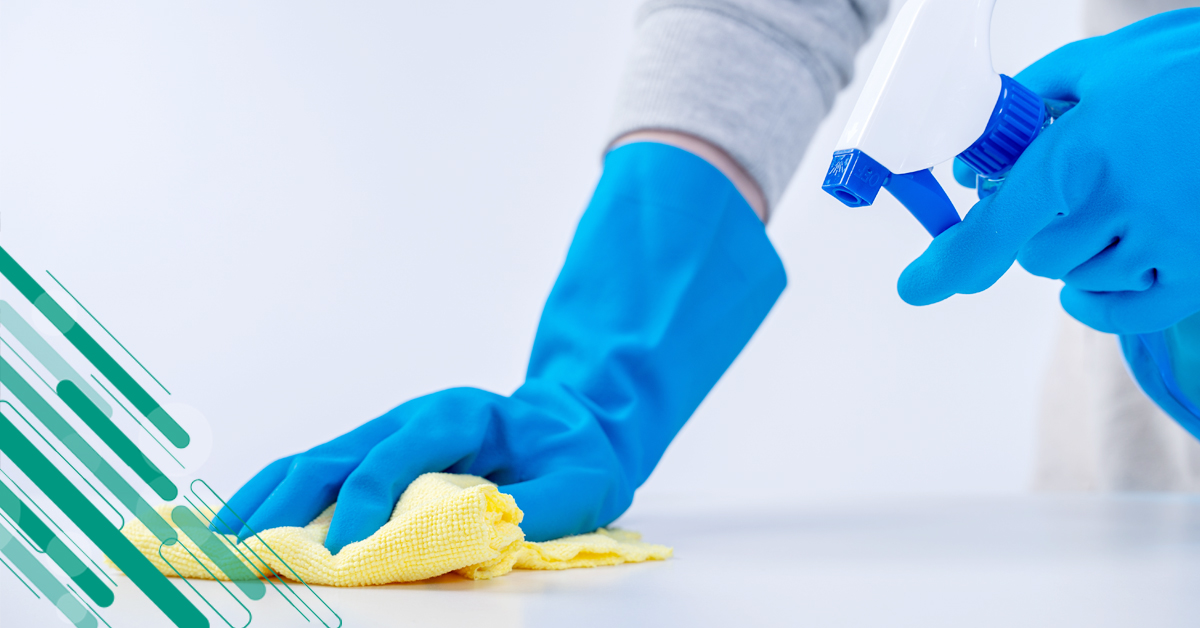Over time, all foods undergo changes, whether in taste, smell, texture, or color—factors that contribute to the consumer's perception of quality. Yet, food quality is not just sensory; it’s also about safety.
To better understand, we can distinguish between two phases of shelf life:
Primary shelf life, the period during which a sealed product retains its sensory and nutritional characteristics, making it acceptable for consumption.
Secondary shelf life, which begins once the package is opened. At this stage, the food is more exposed to environmental factors and must be consumed quickly to avoid risks.
Thus, determining shelf life isn’t just about ensuring the product looks good; it’s also about preserving its hygienic and sanitary safety.
